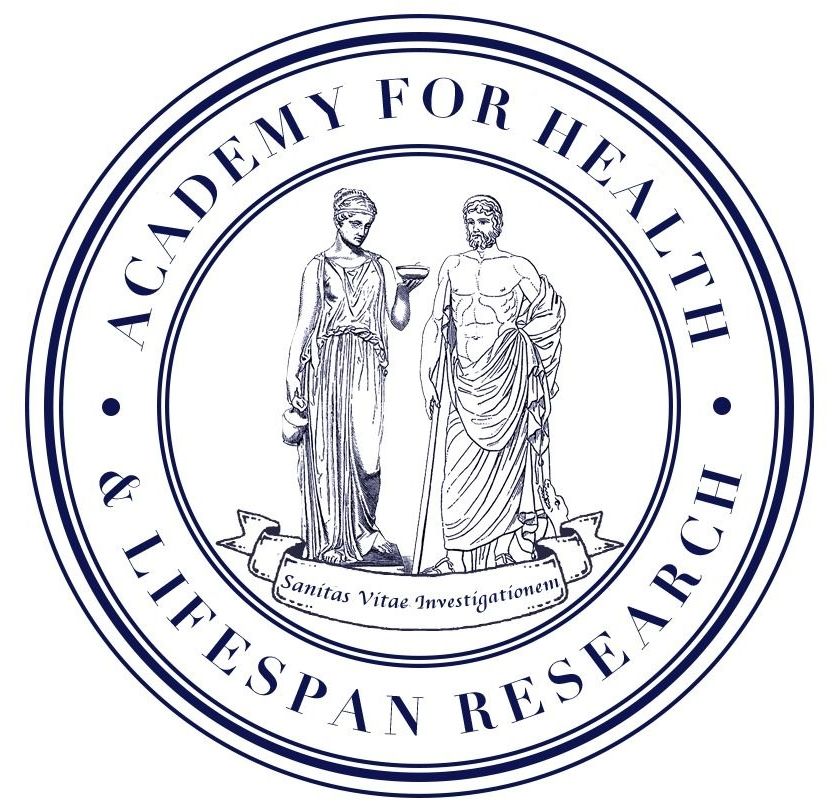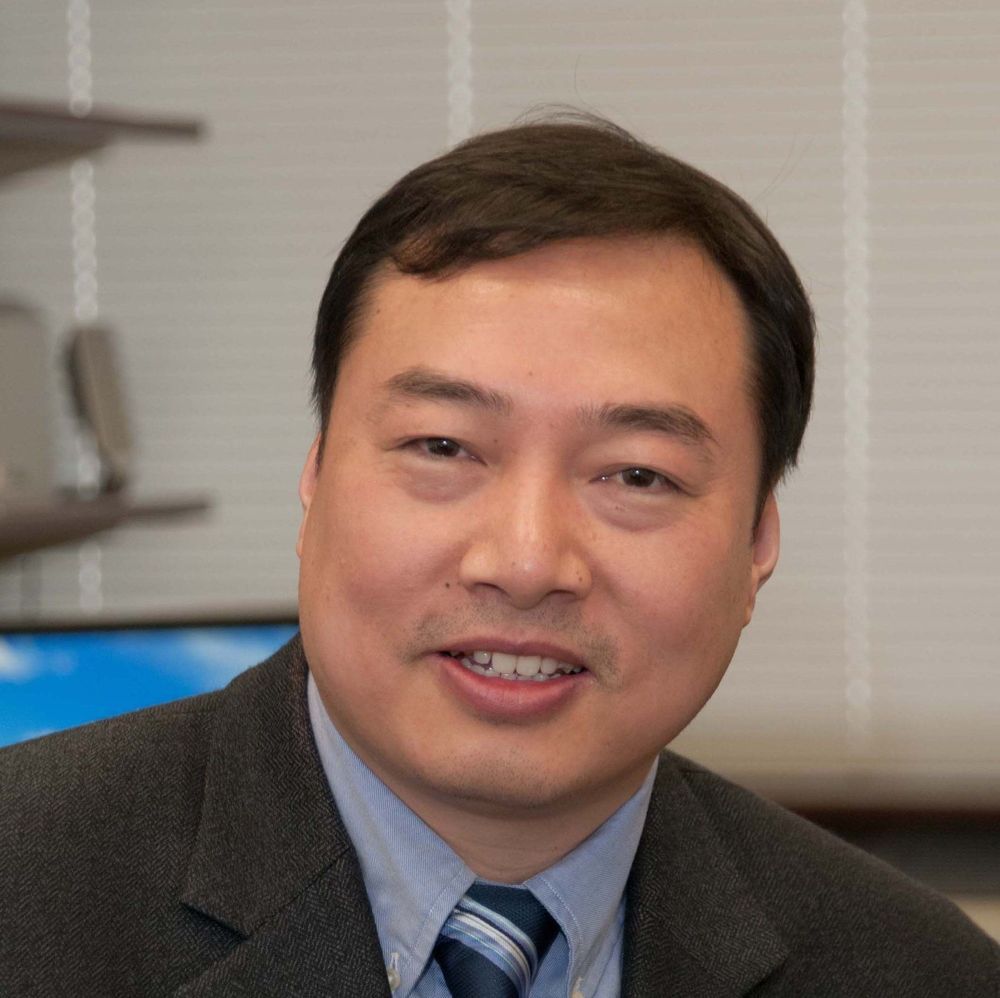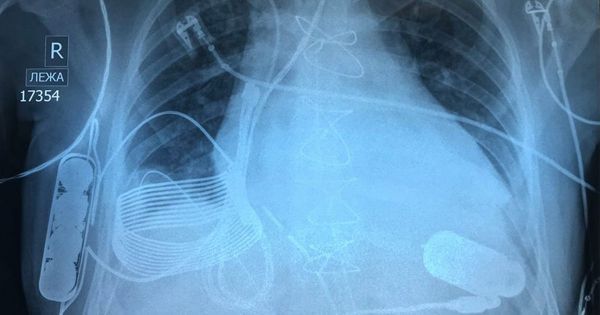A new study says lowering blood pressure doesn’t reduce the risk for dementia, but it does lower the impact of mild cognitive impairment (MCI), which could be the next best thing in the study of dementia prevention.



Cancer is a complicated disease. Tumors are made up of many different types of cancer cells, and our current treatment techniques can’t always clear them all out. Now, a team of Oxford researchers has developed a way to track the genetic “life histories” of thousands of individual cancer cells at once, which may lead to more effective and personalized cancer treatments.

A collection of sixteen senior scientists have created an academy in Boston in order to showcase the important work currently being conducted on human aging and how researchers are developing ways to slow or even reverse it.
The Academy for Health and Lifespan Research is a nonprofit organization that will be organizing a series of forums at which researchers will share knowledge and research data, helping to improve the flow of information in this field.
The Academy will also be actively lobbying governments around the world to improve funding for aging research and to help improve regulatory pathways in ways that make it easier to develop therapies that target the aging processes in order to prevent age-related diseases.

“Dongsheng’s fabulous work on the involvement of the hypothalamus in aging first came to my attention six years ago, as a result of a groundbreaking paper on the role of GnRH, and he spoke at the last Cambridge conference in 2013. His group’s research has since continued to make immense progress, including very recent advances, and I’m delighted that he has agreed to update us in Berlin”, says Aubrey de Grey.
https://www.undoing-aging.org/news/dr-dongsheng-cai-to-speak…aging-2019


The six newly shortlisted initiatives include: a project that would explore how AI can enhance human capabilities; one to hasten clinical availability of cell and gene therapies; a personalized-medicine initiative; two projects that aim to make solar energy more efficient; and a humanities project called the Time Machine, which seeks to develop methods for enabling digital search of historical records in European cities.
AI enhancement and a virtual time machine are included in the shortlist of pitches.

GOODBYE, FILLINGS Dental fillings may soon be left in the ash heap of history, thanks to a recent discovery about a drug called Tideglusib. Developed for and trialled to treat Alzheimer’s disease, the drug also happens to promote the natural tooth regrowth mechanism, allowing the tooth to repair cavities.

